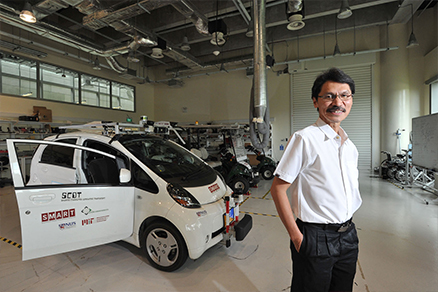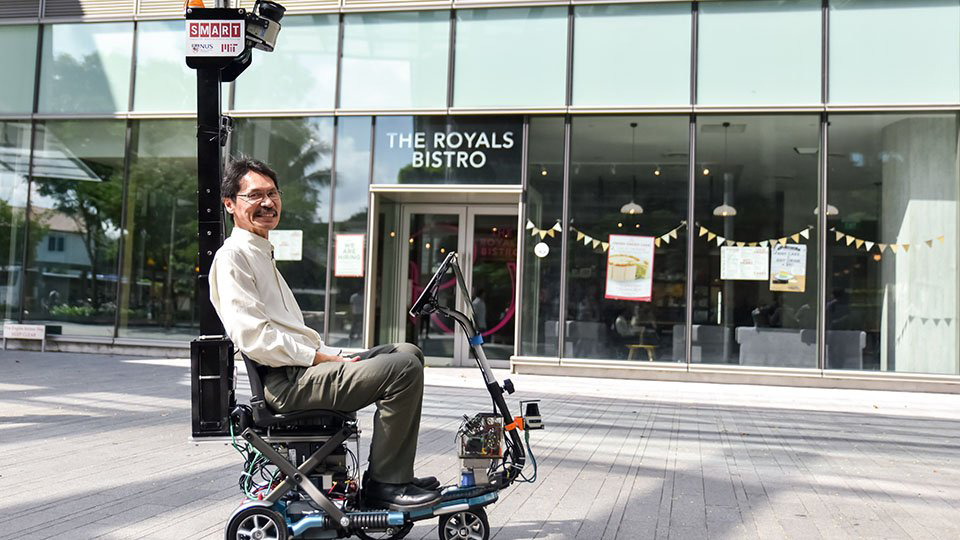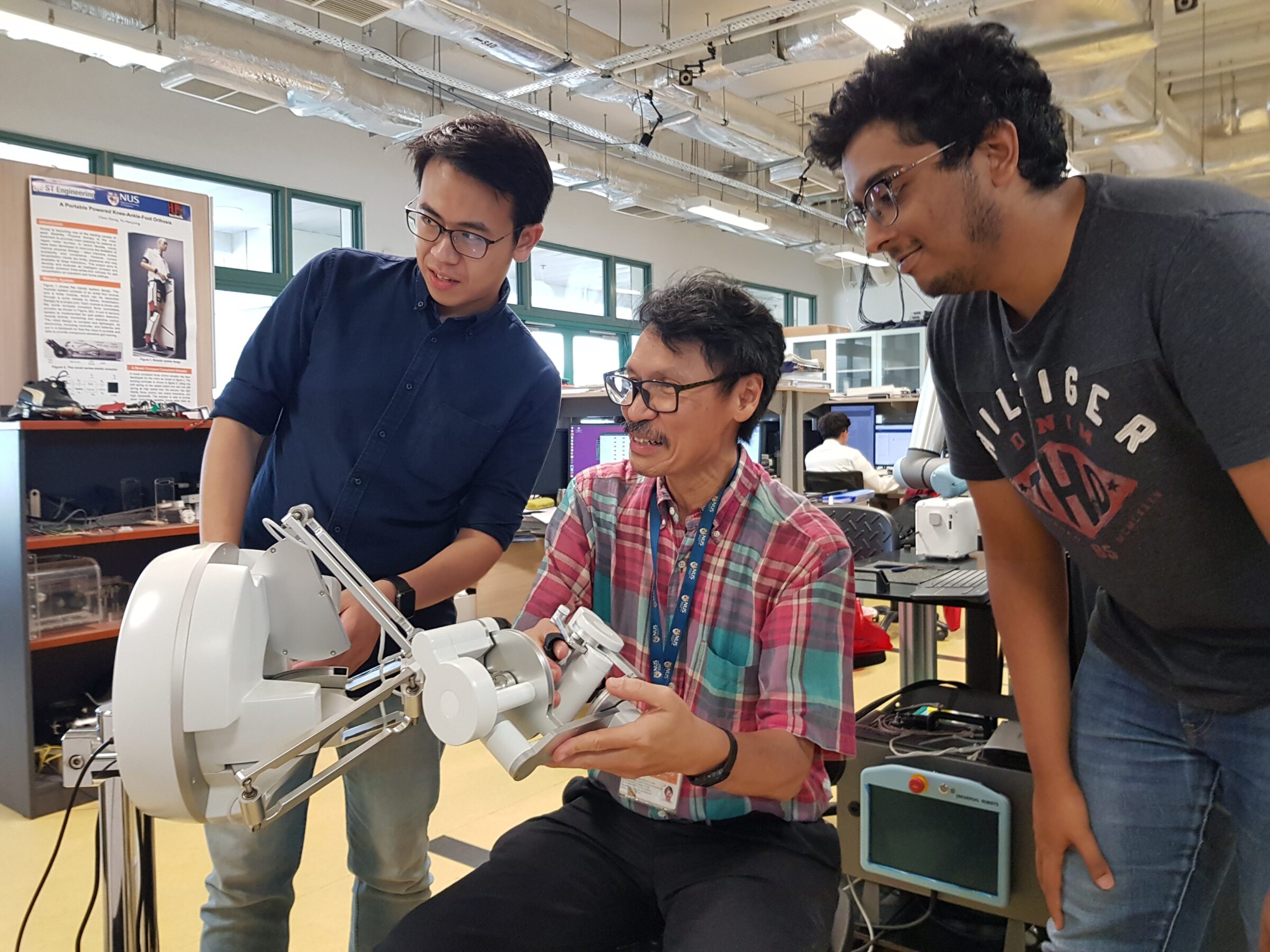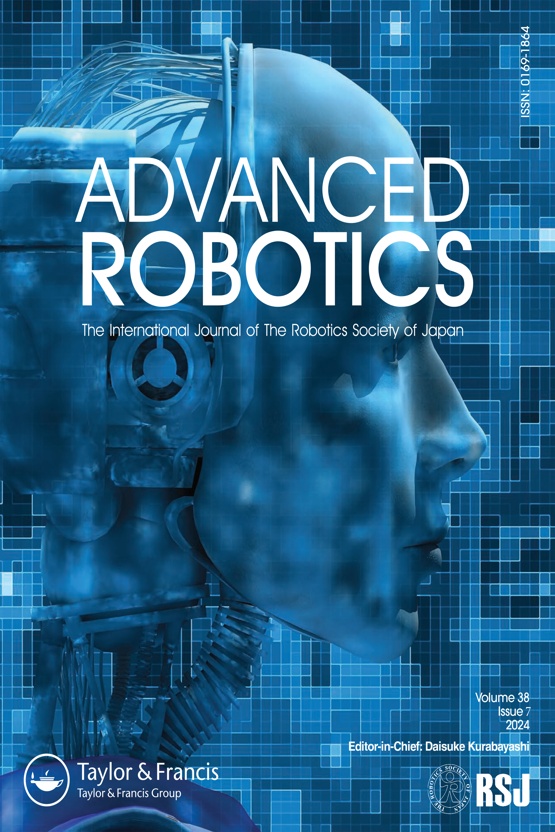Editor Insight: Interview with Professor Marcelo H. Ang, Jr.
We find out the emerging trends and how you can publish your research in Robotics more successfully.
The world of academic publishing is an ever-changing one, and it is crucial for researchers to be able to navigate this landscape effectively throughout their academic journey. We speak with Professor Marcelo H. Ang, Jr. Editor of Advanced Robotics to find out on his expert perspective within Robotics and its current trends and hot topics.
Find out more about Professor Marcelo’s role as Editor here.
What themes & trends have you noticed in articles published in your respective areas? In your opinion, what new areas are growing?

Click play to hear Marcelo’s answer
Is there a particular topic or area of study in your respective fields that you look forward to seeing submissions for? What do you want to see more of?

Click play to hear Marcelo’s answer
What is the biggest challenge potential authors face today in getting published in STM, your field? What is the most common reason for rejection for papers submitted to your journal?
Click play to hear Marcelo’s answer
What can Researchers do to make their submissions more successful?

Click play to hear Marcelo’s answer
About the Journal
Advanced Robotics (AR) is the international journal of the Robotics Society of Japan and has a history of more than thirty three years. It is an interdisciplinary journal which integrates publication of all aspects of research on robotics science and technology. The journal covers both fundamental robotics and robotics related to applied fields such as service robotics, field robotics, medical robotics, rescue robotics, space robotics, underwater robotics, agriculture robotics, industrial robotics, and robots in emerging fields. It also covers aspects of social and managerial analysis and policy regarding robots.
